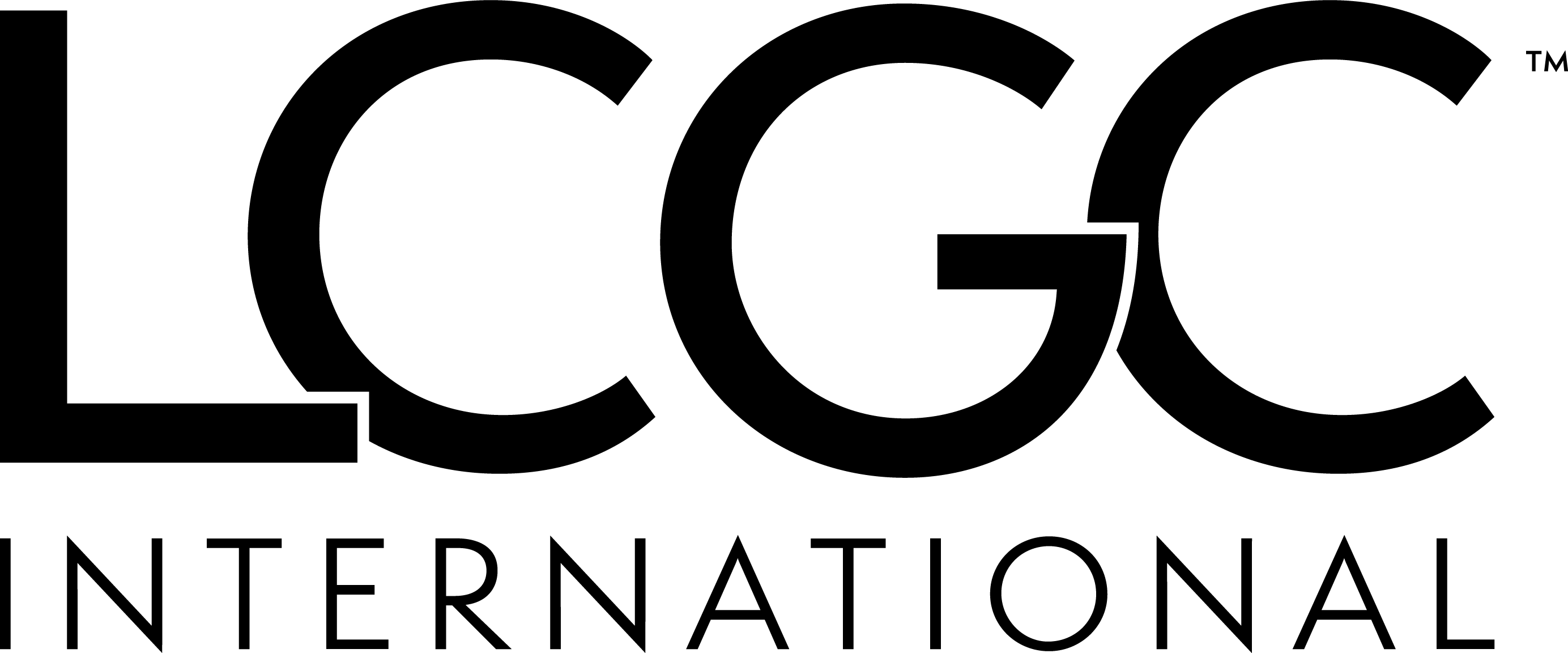
2025 SCRS Global Site Solutions Summit: Best Practices for Building Strong Site Partnerships and Choosing the Right Technology
Learn how internal infrastructure, cultural buy-in, and workflow-focused technology choices can strengthen collaboration and reduce site burden in clinical trials.
In a video interview with Applied Clinical Trials at the 2025 SCRS Global Site Solutions Summit, Jimmy Bechtel, chief site success officer, SCRS, emphasized the necessity for internal organizational self-assessment to build a culture of effective collaboration and communication. He highlighted the challenge of disseminating change messages down the organizational hierarchy and stressed the importance of having the right infrastructure to support these changes. Bechtel also pointed out the issue of technology being imposed on sites without fitting their workflow, which can hinder rather than help. He advocated for a thorough understanding of internal processes and needs to implement technology that simplifies work and supports future optimization, particularly for coordinators and patient-facing teams, to enhance patient care and engagement.
ACT: One of the main themes of the Global Site Solutions Summit is how to optimize collaboration with sites. What best practices would you personally highlight for clinops professionals in creating strong partnerships with sites?
Bechtel: In order to create strong partnerships with sites, I think one of the big things that we need to do is look at ourselves internally, and when I say ourselves, I mean within our own companies, within our organizations, and look and see if we have what we need in place, from a structural perspective, from a resourcing perspective, to support those collaborations. It's one thing to talk about collaboration and communication. It's another thing to actually build a culture and an opportunity to have that collaboration actually come to life, because we see so many times that we want to do it, and we want it to happen, but some people aren't bought in. They don't understand. They don't get the message. People up here understand and they hear it. They come to this event, they come to other summits and conferences, and they talk and they feel it, and they want to implement it, and they want to change, but when it gets back down and they have to bring it back to their teams, they don't have the structure and the process to be able to disseminate that message, and I guess, get buy-in from the people that are actually doing the work and implementing the changes that need to happen. I think that's a really critical piece to doing that, is again, building an infrastructure within your organization to support the change that you're hearing from change leaders.
ACT: With so many technology solutions available for sites, what should they focus on when choosing which ones best fit their needs?
Bechtel: I think that's the important part, when you're choosing technology and when you're looking to see what's going to work best for your organization, is taking a step back and spending the time to assess the need that your organization has. What is the true need there? What are you trying to solve for? How, then, is a technology that claims it fixes that need or meets that need? How does it fit into your workflow? It's a really important part, because we hear so often from sites that sponsors and CROs are imposing technology onto sites and it doesn't fit their workflow, so you have to take the necessary steps at the site level to make sure whatever you're going to do is easily implementable and fits into the way that you do things, and your SOPs and your optimization, and what's going to bring you into the future, I think, is a really big part of that as well. What's going to advance your site and take it to the next level and really free up the time of your team, particularly your coordinators and your patient facing team, to be able to do just that, meet the needs of their patient and engage with them more effectively, as opposed to being another burden or another step that they have to take. Technology should simplify, and in order to be able to do that, you really need to understand your own internal processes and your own internal needs, and understand where that simplification can really happen, and then implement the technology on top of that to support it.
Newsletter
Stay current in clinical research with Applied Clinical Trials, providing expert insights, regulatory updates, and practical strategies for successful clinical trial design and execution.





.png)



.png)



.png)
.png)
